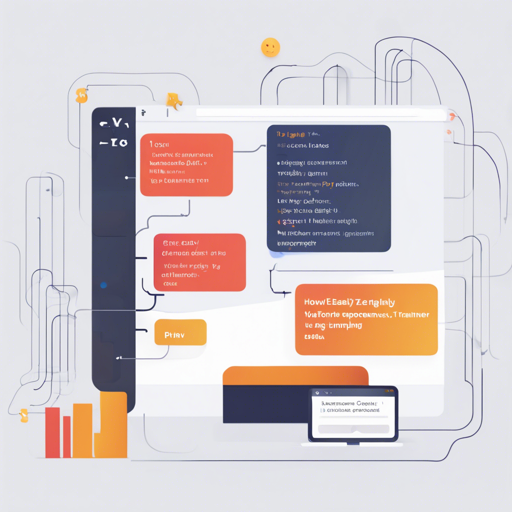If you’re diving into the realm of machine learning and have chosen PyTorch as your framework, you might find yourself tangled in the intricate web of training routines. Fear not! Introducing Tez, your sharp, fast companion that simplifies PyTorch training. In this article, we’ll guide you through the steps to utilize Tez for your projects and troubleshoot some common issues.
What is Tez?
Tez (तेज़ تیز) means sharp, fast, and active. It is a lightweight library designed to make PyTorch training straightforward. The main ideas behind Tez are:
- Keep things simple.
- Provide maximum customization.
- Maintain clean code for readability.
- Enable faster prototyping.
- Be production-ready.
This library currently supports CPU, single GPU, and multi-GPU TPU training, and more functionalities are on the horizon!
Getting Started with Tez
Using Tez is a breeze! Let’s break down the process of integrating it into your PyTorch workflow:
1. Installation
First, ensure you have PyTorch installed. Then, you can install Tez via pip:
pip install tez2. Import Tez
Once installed, you can import Tez in your Python script:
import tez3. Create Your Training Loop
After importing, you can start by defining your model, optimizer, and training loop. Similar to how a chef prepares a dish, you will need to gather ingredients (data), mix them (training), and present them (evaluation).
class MyModel(tez.Model):
def __init__(self, ...):
# Initialize your model here
pass
def forward(self, x):
# Define the forward pass
pass
# Setup your training
model = MyModel(...)
model.fit(...)
4. Customize As Needed
Tez allows for customization. Whether you need to tweak your loss functions or add callbacks, you can adjust it according to your training needs. Think of it as adding your secret spice to a dish.
Troubleshooting Common Issues
While using Tez can significantly streamline your training process, you might encounter some hiccups along the way. Here are some troubleshooting ideas:
- Issue: Installation Errors – Ensure that you have the correct version of PyTorch that is compatible with Tez. Sometimes dependencies can cause conflicts.
- Issue: Training Not Converging – Check your learning rate or experiment with different optimizers in Tez. Sometimes a small tweak can produce better results.
- Issue: GPU Not Detected – Verify that your PyTorch installation supports CUDA and that your environment is set up correctly to detect your GPU.
- Feature Requests – Since Tez is in the early stages, if something doesn’t work or you want a specific feature, create an issue instead of requesting a pull request, as currently, all PRs are closed.
For more insights, updates, or to collaborate on AI development projects, stay connected with fxis.ai.
Conclusion
Tez presents an opportunity to focus on the essence of your machine learning project without being bogged down by the intricacies of training routines. With its clean code and customizable framework, you’ll find yourself prototyping faster and with more efficiency.
At fxis.ai, we believe that such advancements are crucial for the future of AI, as they enable more comprehensive and effective solutions. Our team is continually exploring new methodologies to push the envelope in artificial intelligence, ensuring that our clients benefit from the latest technological innovations.

